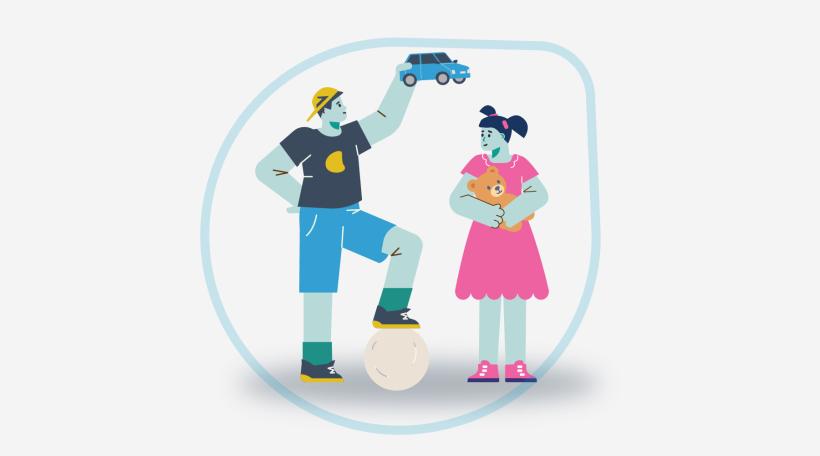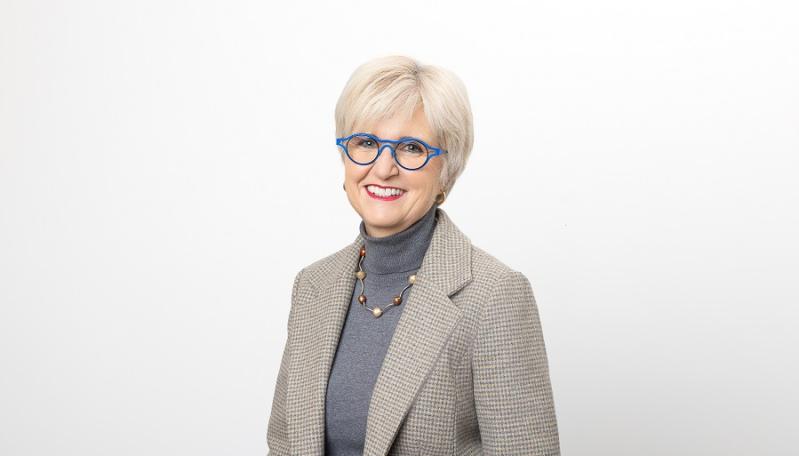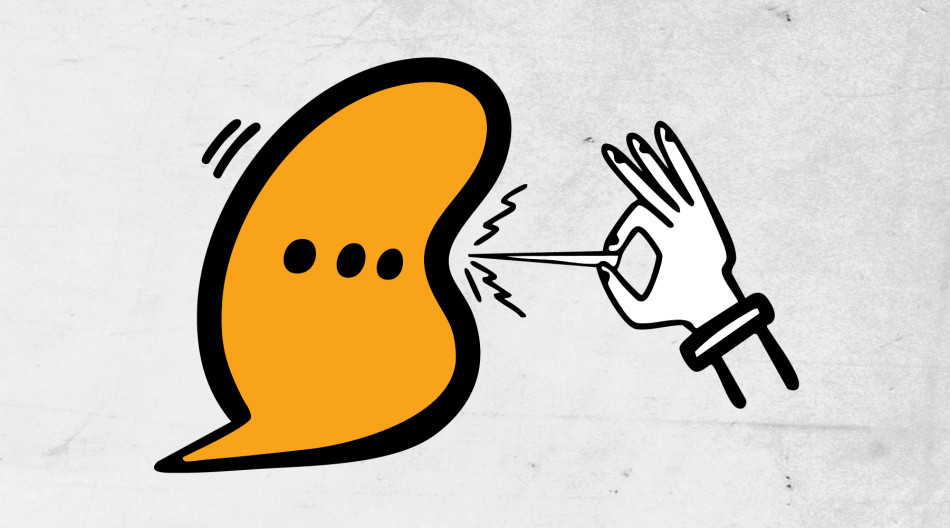
All women and girls deserve to feel safe at home, at school, at work and in public. Yet digital tools are increasingly used to stalk, harass and silence them. For Orange the World 2025, EIGE is shining a light on how online violence shadows women through every part of their lives. And how we can change it.
When your mobile phone notification pings, you may expect a friendly message and a small moment of connection. But for many women and girls, it signals something darker: a source of fear, humiliation or control.
Cyber violence is not a separate, virtual problem. It is part of a continuum of violence against women and girls. It can follow women from the virtual space of phones, laptops and social media to have real-world impacts. And vice versa.
In 2025, the 16 Days of Activism against Gender-Based Violence campaign — led by UN Women — focuses on ending digital violence against women and girls. Under the Orange the World banner, the global campaign calls for stronger laws, public awareness and better support for survivors.
EIGE’s “Safe Spaces” artworks by Lithuanian illustrator Eglė Narbutaitė are at the heart of a refreshed mini campaign, displayed at the EU house and across the Agency’s online channels.
EIGE Director, Carlien Scheele says:
No woman or girl should feel a knot in her stomach when her phone lights up. As each of the powerful artworks show, online abuse follows women and girls into their homes, their classrooms, their workplaces and their streets.
“Digital spaces are part of our daily lives, and they must be safe. When women are pushed out or silenced, we all lose. We cannot and will not accept this as normal.”
Research shows that cyber violence is widespread, with one in ten women experiencing cyber violence. Each of Eglė’s artworks focuses on a different space where this violence plays out: at home, at school, at work and in public life.
How does cyberstalking invade women’s homes?
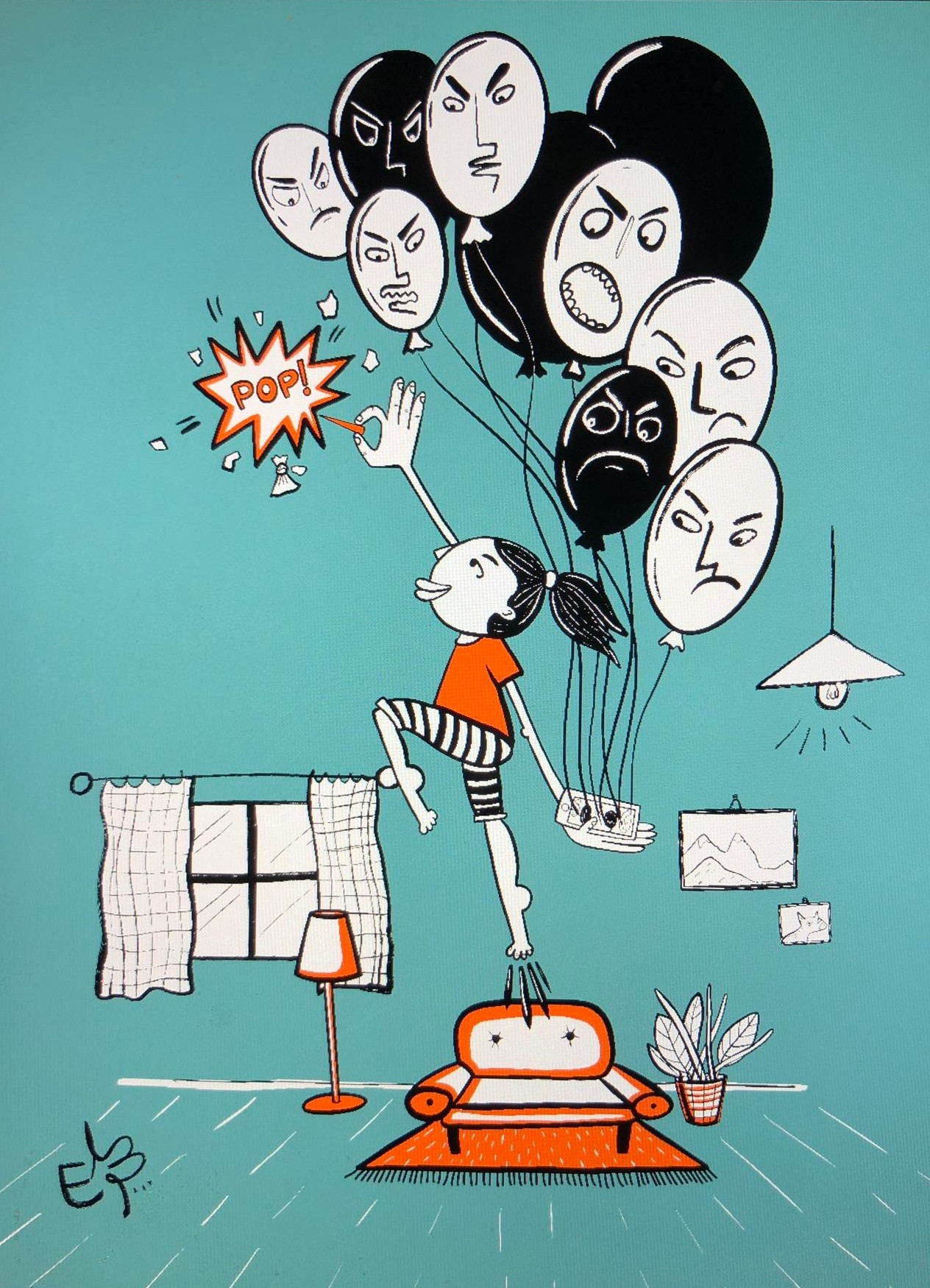
Home should be a place where women and girls breathe easy. Yet for many, the sense of safety ends the moment they go online.
Cyberstalking may start with a seemingly harmless message. But a late-night text or over-familiar comment can escalate into constant monitoring, unwanted contact, or an ex-partner tracking their movements through apps.
The EU GBV survey finds that one in twelve women in the EU have experienced cyberstalking since the age of 15*. For those affected, the intrusion is relentless.
It follows them from room to room: into their kitchens, their bedrooms, their living spaces. So what should be a sanctuary becomes a place of constant high alert and fear.
Artist Eglė has spoken about wanting women in her work to appear equipped, not powerless. In this piece, she invites us to see knowledge as a tool: the moment a woman can name what is happening to her, something shifts.
She can document the behaviour, tell someone she trusts, or seek formal support. She is no longer alone with it.
This is the heart of EIGE’s Safe Spaces message. Home must be a safe space, both offline and online.
When digital tools are used to harass or intimidate women where they live, that safety is taken from them. Recognising cyberstalking for what it is the first step in taking it back.
* Evidence from eight EU Member States where FRA and EIGE collected data.
How does online hate push women out of public life?
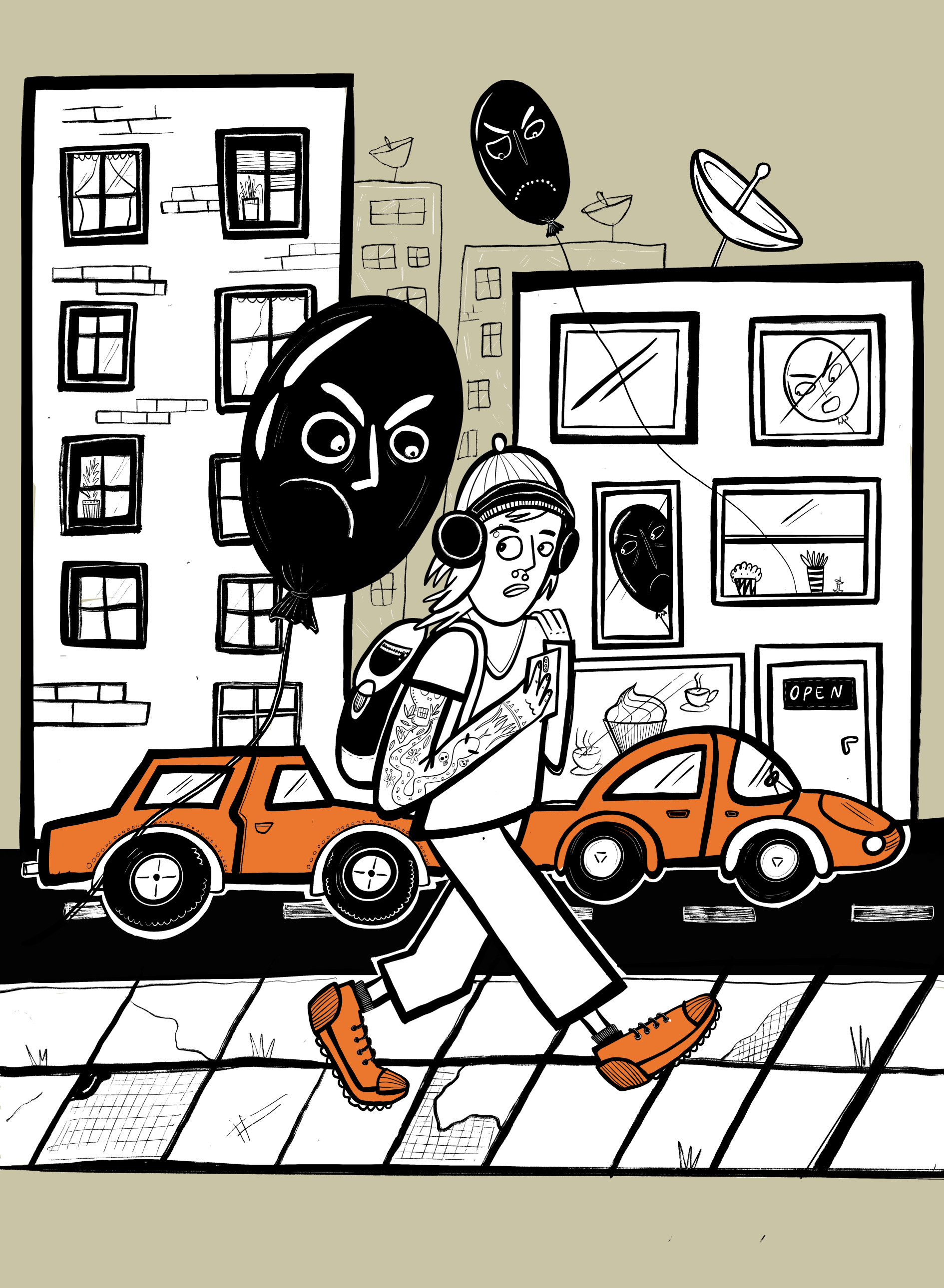
Physical and digital public spaces should be places where women can speak, participate and be heard freely. Yet too many women learn to brace themselves before they post a comment, share an opinion, or appear in public online.
Online gender-based hate speech can be aggressive, misogynistic and deeply personal. It targets women because of their gender, and frequently intersects with racism, homophobia, disability-based discrimination or attacks on their work.
It can flood a woman’s inbox, mentions or comment sections within minutes.
According to Amnesty International, 76% of women who experience online abuse change how they use social media, and nearly a third stop posting their opinions on certain issues altogether.
That is a private loss and a public tragedy. When women retreat from digital spaces, democratic life narrows, and we all lose vital perspectives.
The public-space artwork makes this reality visible. Rather than depicting violence directly, the artist focuses on the weight of comments, the way hostility trails women through their days, and the resilience it takes simply to continue speaking.
Her aim is to make viewers think twice: What if we refused to normalise this? What if we acted?
EIGE’s Safe Spaces campaign calls for that shift. Public life needs women’s voices to be loud, diverse and unafraid. Ending online hate is not about silencing debate, it’s about ensuring women are not driven out of it.
What does cyberbullying do to girls at school?
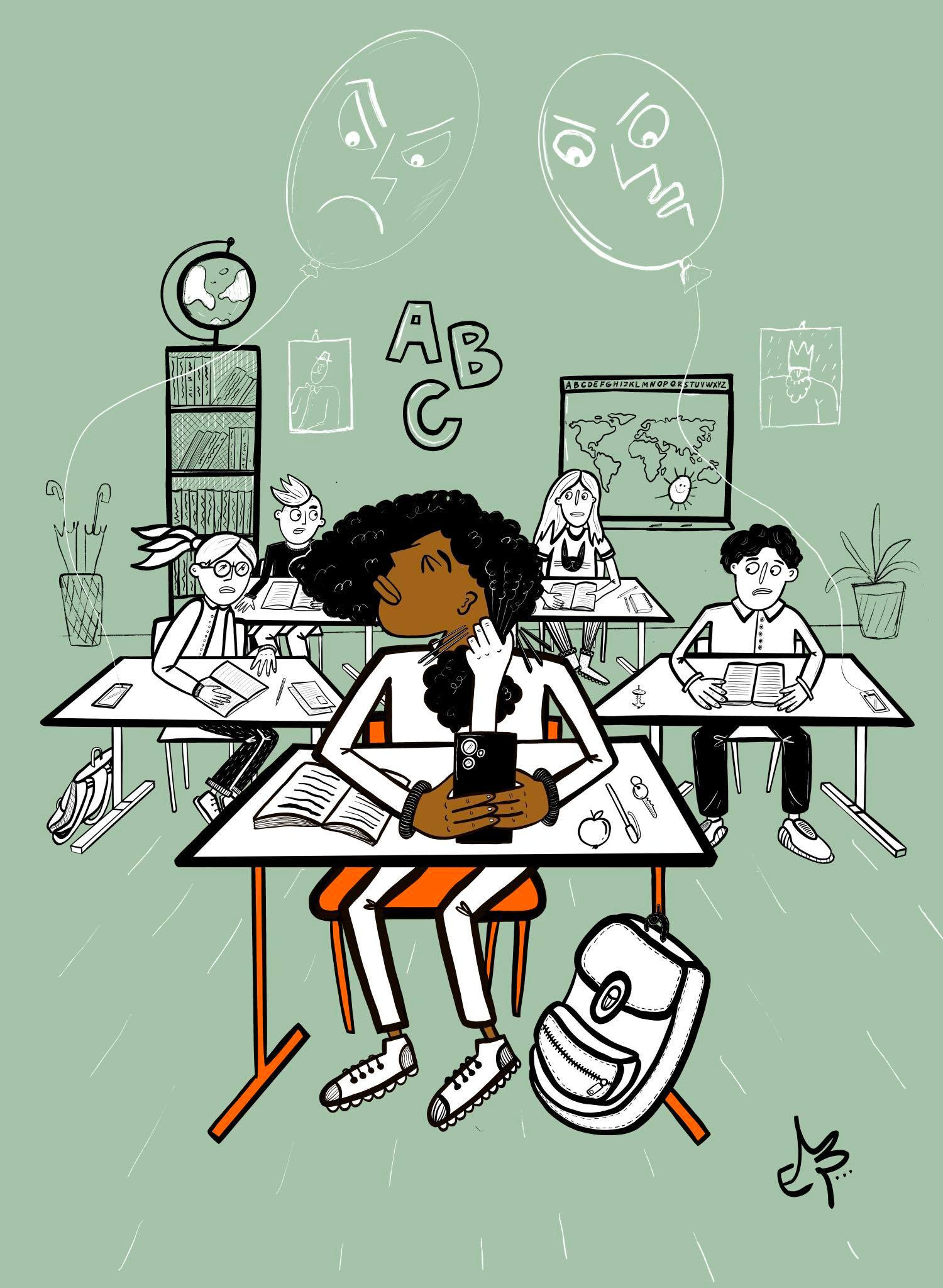
Education should offer a place where girls feel supported, included and free to learn. But for many, the school day doesn’t end when they leave the classroom, it follows them on their phones.
Cyberbullying often begins as a cruel joke in a group chat or an embarrassing photo shared without consent. While a malicious rumour spreads faster online than it ever could in the corridor.
What may look like “just messages” to adults can become an all-consuming cycle of shame, exclusion and fear.
EIGE’s evidence shows that cyberbullying targets girls on the grounds of gender and other factors such as race, disability or sexual orientation. The impact is profound. It undermines confidence, isolates girls from their peers and can make school feel hostile.
The question is how to strip complex problems down to symbols that anyone can recognise.
The artist’s school-themed piece centres on that everyday moment too many girls know: sitting at a desk, trying to focus, while a phone buzzes with comments designed to cut them down.
She shows this not to depict girls as overwhelmed, but to underline that they deserve better. And to emphasise that adults have a responsibility to act.
EIGE’s Safe Spaces campaign calls on schools, parents and communities to name cyberbullying for what it is: a form of gender-based violence.
When girls are targeted online, their education, wellbeing and sense of belonging are all at risk. Protecting them starts with understanding the harm and refusing to dismiss it.
How does cyber harassment follow women into work?

Workplaces should offer women dignity, respect and the chance to thrive. Yet for many, digital harassment becomes part of the working day, arriving with every new message, email or ping.
Cyber sexual harassment, for example, can be explicit from the start, or it can build slowly: unwanted comments, suggestive jokes in messaging apps, inappropriate pictures sent through work channels, or colleagues using social media to cross boundaries.
It leaves women feeling scrutinised, undermined and unsafe in spaces where they should be valued.
The EU GBV survey shows that 7% of working women experience sexual harassment at work via online tools. For those affected, the impact is more than discomfort. It shapes career decisions, mental health, and the simple ability to focus without fear.
Eglė wants to show women as equipped, not diminished. Her workplace artwork reflects that intention: it centres on a woman at her desk, absorbed in her work, refusing to be defined by the hostility around her.
The message is clear: the responsibility does not lie with women to endure harassment, it lies with workplaces to prevent it.
EIGE urges employers across the EU to see cyber sexual harassment as a serious form of gender-based violence.
Digital tools are not neutral, they can be used to protect or to harm. Creating safe work environments means ensuring women do not have to navigate abuse simply to do their jobs.
Call to action
“The artworks remind us that women and girls carry the weight of online abuse everywhere they go. And that this must change,” says EIGE Director Carlien Scheele.
“A safe society is one where their ideas are heard, their rights are protected, and their digital spaces are free from fear. We owe it to them to turn awareness into action.”
Digital violence against women and girls is not inevitable. It is the result of choices: about how platforms are designed and governed, how laws are written and enforced and how seriously we take the voices of survivors.
Digital violence against women and girls is not inevitable. It is the result of choices: about how platforms are designed and governed, how laws are written and enforced and how seriously we take the voices of survivors.
For Orange the World 2025, EIGE’s Safe Spaces campaign brings evidence, art and advocacy together to make one message clear: everyone deserves a safe space – at home, at school, at work and in public.
Online violence is real violence. It is time to implement the Directive on combating violence against women and domestic violence. And to strengthen laws that ensure platforms are accountable, and women and girls are supported to name abuse, seek help and reclaim the spaces that should always have been theirs.
Everyone has a role to play. Policymakers can strengthen laws. Platforms can enforce real protections. Communities can stand with survivors. And each of us can challenge harmful behaviour wherever we see it.

